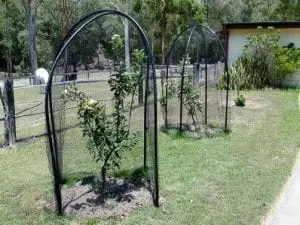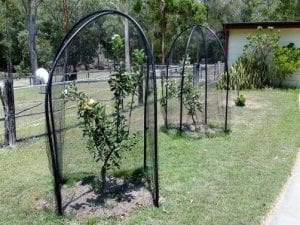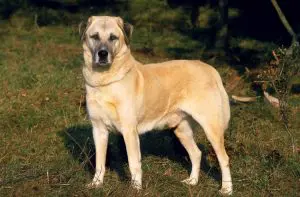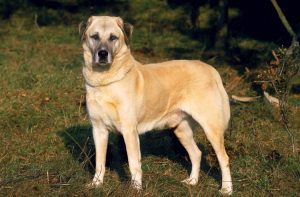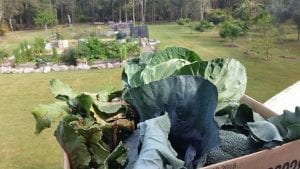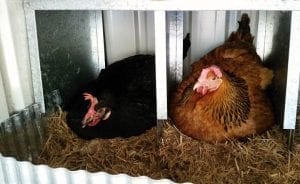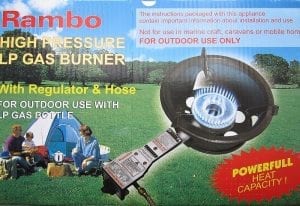In subtropical south-east Queensland, a diverse array of beneficial insects are indispensable allies in the home vegetable garden. These industrious insects, ranging from ladybugs and hoverflies to native bees and damselflies, play a vital role in fostering a thriving garden ecosystem. Their significance lies in their capacity for natural pest control, diligently preying on harmful insects like aphids and caterpillars.
These beneficial insects contribute to sustainable and eco-friendly gardening practices by reducing the need for chemical interventions. Beyond pest control, pollinators like native bees ensure the successful reproduction of vegetable crops, enhancing yields and promoting overall garden health. As stewards of our home gardens, recognising and encouraging the presence of these beneficial insects becomes key to achieving a harmonious balance between nature and cultivation, ultimately resulting in a more productive and resilient food garden.

Green Lacewings
Green lacewings, with their delicate, lacy wings and vibrant green bodies, are enchanting insects that bring both beauty and utility to a self-sufficient home garden. While they appear in both brown (micromus sp.) and green (mallada sp.), lacewings are generalist predators of helicoverpa eggs and small soft-bodied insects.
Recognisable by their graceful appearance, green lacewings are voracious predators during their larval stage, earning them the title of “aphid lions.” These larvae are adept at consuming various garden pests, including aphids, caterpillars, and mites. In an eco-friendly home garden, green lacewings act as natural pest control agents, reducing the need for chemical interventions.
Adult lacewings, though not as predatory as their larvae, also contribute to pollination as they feed on nectar and pollen. They fly at night and are attracted to light, so don’t be surprised if you see a lot of these during an evening garden sojourn. Encouraging green lacewings in a self-sufficient garden is a wise strategy for fostering biodiversity and minimizing reliance on external inputs, and aligns with the principles of sustainable and organic gardening.


Hover Flies
Hoverflies are often mistaken for bees or wasps at first glance, as their appearance is quite similar. They have very large eyes and short antenna, with one pair of wings which are usually clear in colour. Belonging to the insect family syrphinae, there are a number of species living throughout se QLD. Their name derives from their behaviour: these small, delicate insects are adept at hovering in mid-air while searching for prey.
These ‘good guys’ play a crucial role in the ecological balance of gardens and ecosystems, as they prey on some of the damaging insects & are valuable pollinators. Hoverfly larvae, in particular, are voracious consumers of aphids and other garden pests, making them natural allies for pest control.


Fungus-Eating Lady Beetle
Fungus-eating ladybirds (illeis galbula), also known as lady beetles or ladybugs, are diminutive yet invaluable allies in disease control in the home garden. These tiny, 4mm long creatures are about the same size and shape as standard lady beetles, but with bright yellow spots.
While many ladybirds are renowned for devouring aphids, this variety feeds on fungus, so is a prime aid in controlling harmful outbreaks of powdery mildew. Adults may also eat black mould, while the larvae feed solely on powdery mildew. This cute lady bird with the yellow spots will often become visible and populate quickly after heavy rain, as this is when powdery mildew usually proliferates. You will see these bugs mostly on cucumber, zucchini and pumpkin plants.

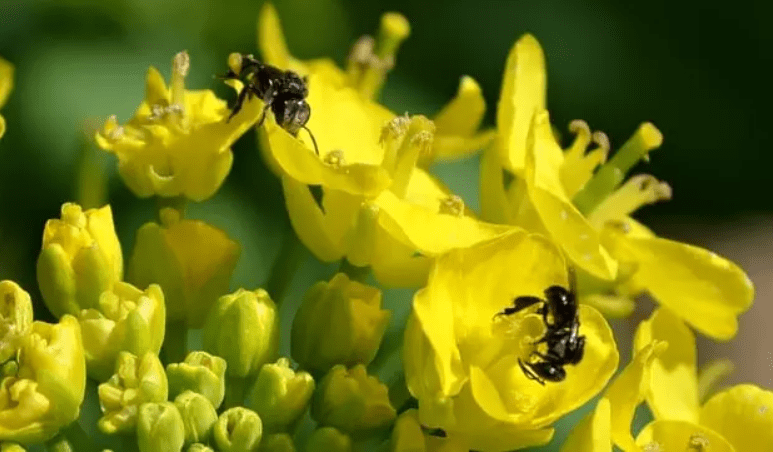
Native Bees
Australian native bees are essential contributors to the biodiversity and productivity of home food gardens, with some 230 species living in se QLD. With a gentle demeanour & (generally) minimal sting risk, they are a welcome alternative to introduced bee species. These bees are efficient pollinators and will ensure the fertilisation of various crops in your garden.
Many of these, such as the blue-banded bee, are solitary or semi-social bee species. They nest as single individuals, making burrows into the soil like ants, and don’t make honey. Other species, however, are highly eusocial, living in large colonies which make and store honey. The small black bees in the photo above are amongst the latter, and are commonly seen in se QLD gardens.

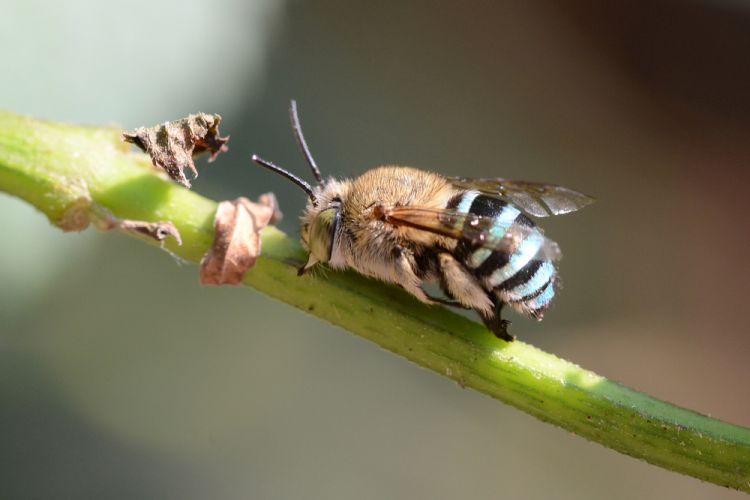
Encouraging the presence of Australian native bees in a home food garden not only supports local biodiversity but also boosts the garden’s resilience and productivity through effective and natural pollination. You can read more about native bees & how to keep your own hive in our article here.


Damsel Flies
Damselflies, prevalent in subtropical areas of Australia, are slender insects recognised for their efficient predatory behaviour. Although smaller, they are not dissimilar in appearance to dragonflies, & are widely distributed across wetlands and home gardens in se QLD, playing a vital role in natural pest control.
Damselflies (odonata sp.) prey on flying insects, feeding on mosquitoes, aphids, and other garden pests during both nymph and adult stages. Their presence in the subtropics is particularly beneficial for gardeners, helping to regulate pest populations which can explode during summer. The predatory nature of damselflies makes them valuable allies in maintaining a balanced ecosystem within subtropical food gardens, contributing to pest management and supporting overall garden health.
Damselflies rely on sources of fresh water for reproduction, with females laying eggs in or near bodies of flash water where their larva grow. Their larvae need this precise habitat, and are sensitive to water pollution. As nymphs, they are aquatic, undergoing several moults before emerging as winged adults. Some damselfly species have larva that spend years in water, with the adults living only a few weeks.

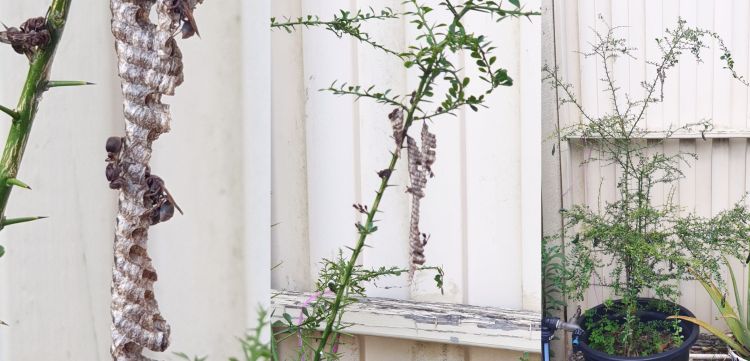
Paper Wasps
Paper wasps are social creatures that belong to the vespidae insect family. Known for their intricate architecture, these little brown wasps use saliva & wood fibres to construct distinctive papery nests. These long, thin nests are out in the open but camouflage well, and can be found hanging vertically from tree branches & stems.
In a food garden, paper wasps serve as beneficial pollinators, aiding in the fertilisation of flowers as they fly around foraging. Adult paper wasps eat nectar (including aphid honeydew) but collect caterpillars such as leaf miner for their larvae. This foraging behaviour contributes to natural pest control, as they prey on various garden pests. Despite their positive impact, it’s important to be cautious around paper wasps due to their painful sting. Best left undisturbed, paper wasps are aggressive when defending their nests, in which case they will strike hard & fast when threatened. While their stings won’t cause serious illness, the combination of a surprise encounter & a sting from a paper wasp can deliver a significant shock.

